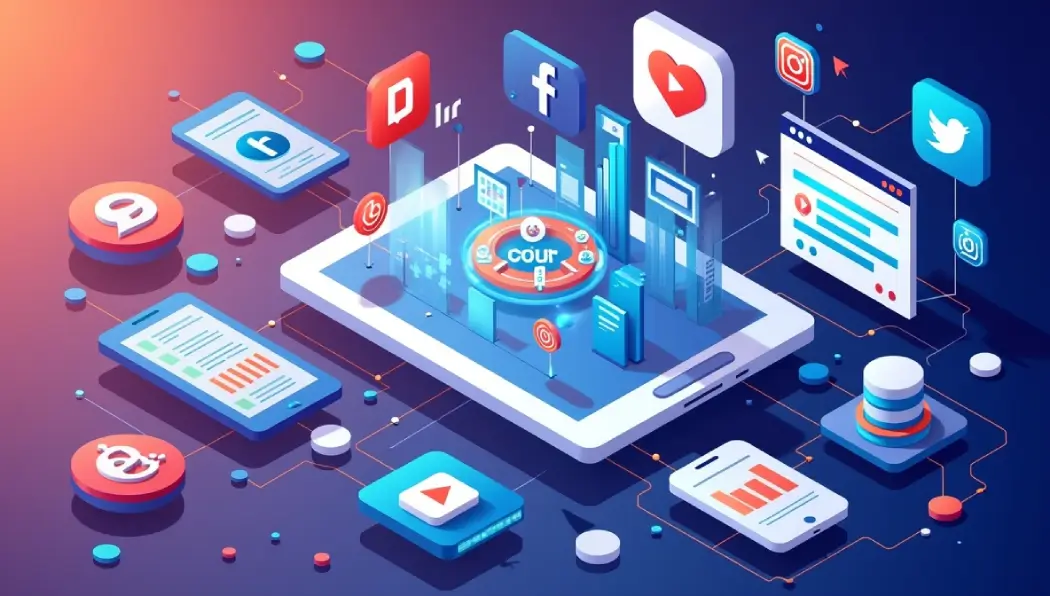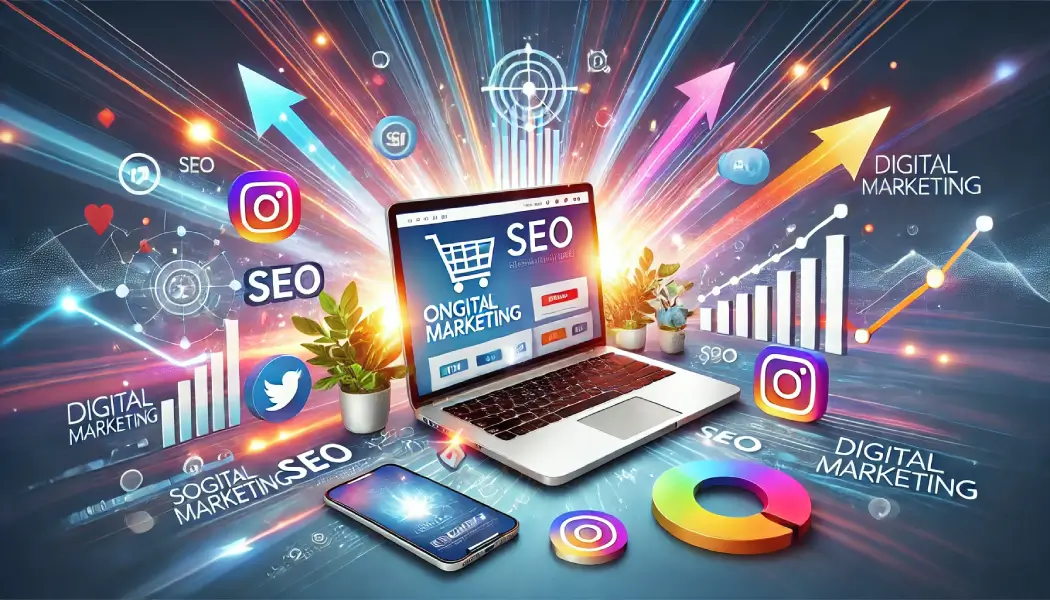In today’s competitive digital landscape, online marketing has become a make-or-break factor for businesses aiming to stand out. If you’re struggling to gain visibility, drive traffic, or convert leads into sales, you’re not alone. Many businesses face the same challenges in a rapidly evolving online environment. But the good news is there’s a way forward.
The constant changes in algorithms, consumer behavior, and marketing trends can make it feel like you’re always playing catch-up. Without a solid strategy, your efforts might be falling short of your goals, leaving you frustrated and uncertain about where to focus next.
In this article, we’ll break down proven online marketing strategies that are tailored for 2025. Whether you’re new to the game or looking to refine your existing approach, you’ll learn actionable insights to help you grow your business, build a stronger online presence, and finally see the results you’ve been striving for. Let’s dive in!
Table of Contents
What is Online Marketing
Online marketing, also known as digital marketing, refers to the use of internet-based platforms and tools to promote products, services, or brands. It includes a range of strategies such as search engine optimization (SEO), social media marketing, email marketing, content marketing, and pay-per-click (PPC) advertising. The goal of online marketing is to reach and engage a target audience, increase brand awareness, drive traffic to websites, and ultimately convert leads into customers. It’s a powerful way to connect with consumers, build relationships, and grow your business in the digital age.
Online Marketing Strategies for Success in 2025
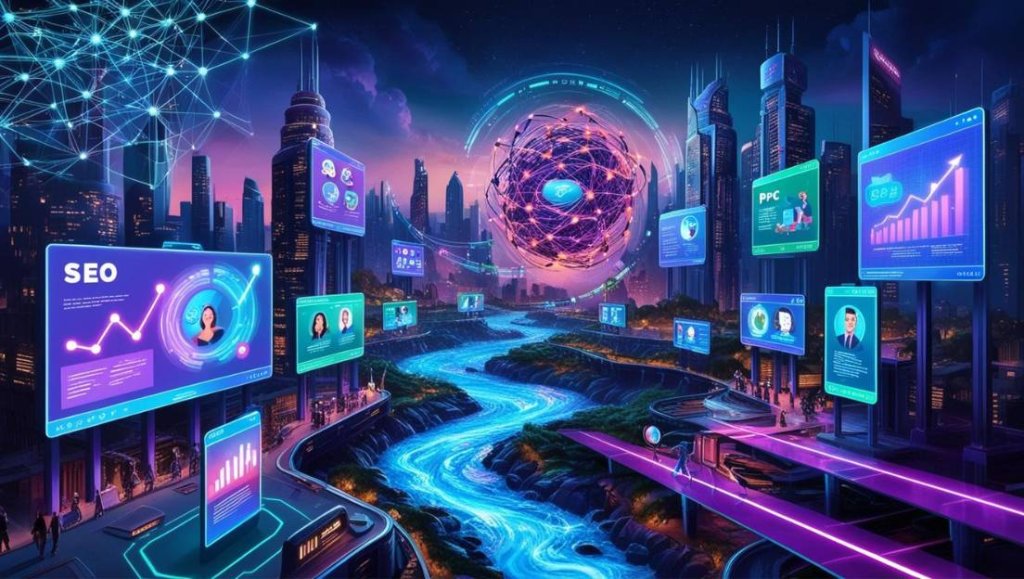
Learn effective online marketing strategies for 2025 to enhance your business’s visibility, engage customers, and drive conversions. Get actionable tips to succeed!
1.Understanding the Basics of Online Marketing
Online marketing refers to any effort made to promote your products or services through digital channels. This can include methods like search engine optimization (SEO), social media marketing, email campaigns, and pay-per-click (PPC) advertising. It’s about connecting with your target audience through the platforms and tools they use most—whether that’s social media, search engines, or websites.
Without a clear understanding of online marketing, your efforts can become disjointed or ineffective. By mastering the basics, you can confidently choose the right strategies that align with your business goals. The digital marketing world is constantly evolving, but the foundational concepts remain the same.
Start by understanding the core elements—SEO, content marketing, email marketing, and social media. Each one plays a critical role in attracting and converting leads into customers.
Here’s an in-depth look at each of the points, with clear explanations and practical tips on how to apply them to your online marketing strategy.
2. Importance of Having a Strong Online Presence
An online presence means being visible and easily accessible to your audience through digital platforms. This includes your website, social media accounts, Google My Business profile, online reviews, and any other channel where your customers might find you.
In 2025, an online presence is no longer optional; it’s necessary. More people turn to the internet to search for businesses, products, and services before making purchasing decisions. If your business isn’t visible, you risk losing potential customers to competitors who are more accessible online.
Ensure your business has a well-designed website, active social media profiles, and a presence on key online directories. Encourage customers to leave positive reviews to build credibility.
According to a study by Google, 63% of consumers start their journey with an online search before visiting a store or making a purchase.
3.Building a User-Friendly Website
Your website serves as the digital storefront for your business. It should be easy to navigate, visually appealing, and mobile-friendly. The design should provide a seamless experience for visitors to find what they need quickly and efficiently.
A website is often the first impression potential customers have of your business. A slow-loading or difficult-to-navigate site can frustrate visitors and drive them away, leading to a high bounce rate. On the other hand, a well-structured website keeps users engaged and encourages them to take action, whether that’s making a purchase, signing up for a newsletter, or reaching out for more information.
Ensure your website has a clean design, is optimized for mobile devices, loads quickly (ideally within 2-3 seconds), and includes clear calls-to-action (CTAs) to guide visitors through the user journey.
A study by Google found that 53% of mobile site visitors leave a page that takes longer than three seconds to load.
4.Search Engine Optimization (SEO)
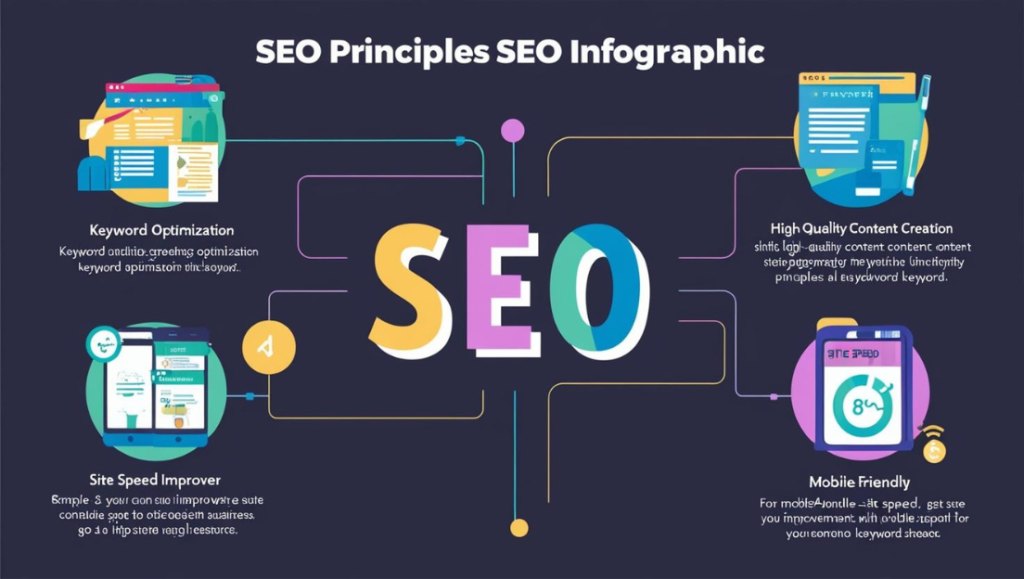
SEO involves optimizing your website to improve its ranking on search engine results pages. This includes keyword optimization, creating high-quality content, improving site speed, and ensuring your website is mobile-friendly.
SEO helps your website become discoverable by your target audience when they search for relevant terms on search engines like Google. With over 90% of online experiences starting with a search engine, a strong SEO strategy is crucial for driving organic traffic to your site.
Focus on both on-page and off-page SEO. On-page SEO involves optimizing individual pages (e.g., using relevant keywords, and writing engaging meta descriptions), while off-page SEO refers to building backlinks and social signals that improve domain authority.
A study by HubSpot found that 75% of users never scroll past the first page of search results, making SEO critical for visibility.
5.Engaging Your Audience on Social Media
Social media marketing involves creating and sharing content on platforms like Facebook, Instagram, LinkedIn, TikTok, and others to engage with your audience. This can include posts, stories, videos, and paid advertisements.
Social media is a direct way to communicate with your audience, build brand awareness, and foster trust. In 2025, people expect brands to be active and responsive on social platforms. Whether it’s answering questions or responding to comments, your social media presence can significantly impact customer loyalty.
Be consistent with posting, and use platforms where your target audience is most active. Use a mix of organic posts and paid ads to expand your reach. Don’t forget to interact with your followers to build a community.
According to Sprout Social, 57% of people are more likely to buy from a brand they follow on social media.
6.Content Marketing: Creating Valuable Content
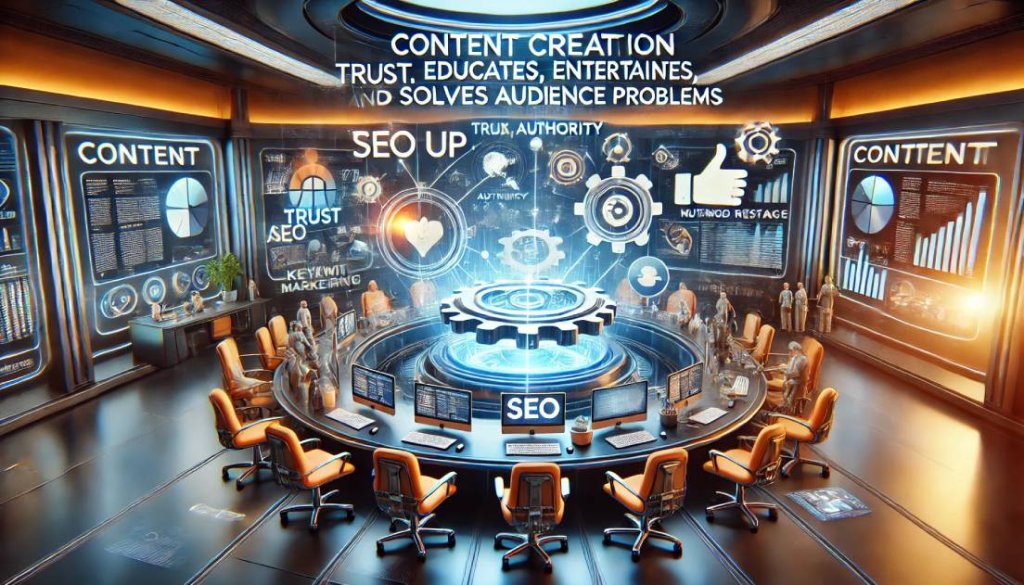
Content marketing is the creation and distribution of valuable, relevant content that attracts and engages your target audience. This could include blog posts, how-to guides, case studies, videos, and infographics.
Creating content that educates, entertains, or solves your audience’s problems builds trust and authority in your industry. It’s also a great way to improve SEO by targeting relevant keywords and providing informative content that search engines love.
Focus on creating content that answers common customer questions and provides real value. Be consistent with your content creation, whether it’s publishing a new blog post weekly or producing regular social media updates.
Content marketing generates three times more leads than traditional outbound marketing and costs 62% less, according to Demand Metric.
7. Email Marketing: Building Relationships
Email marketing involves sending personalized messages to a targeted list of subscribers to build relationships, nurture leads, and promote products or services. It’s a great way to keep your audience informed and engaged.
Email marketing allows you to communicate directly with your audience, offering them tailored content and exclusive promotions. It has one of the highest ROI compared to other marketing strategies.
Segment your email list based on user behavior, preferences, and demographics to send more personalized and relevant messages. Use A/B testing to optimize open rates, click-through rates, and conversions.
According to Campaign Monitor, email marketing has an ROI of 4400%, meaning for every $1 spent, businesses make $44 back.
8.Pay-Per-Click (PPC) Advertising
PPC advertising allows you to place ads on search engines (e.g., Google Ads) or social media platforms (e.g., Facebook Ads) and pay only when someone clicks on your ad.
PPC ads are an effective way to get immediate visibility, especially if you’re a new business or launching a new product. With the right targeting, PPC can help you reach a specific audience quickly and drive high-quality traffic to your website.
Start with a small budget to test which keywords, ads, and audiences deliver the best results. Use tools like Google Ads’ Keyword Planner and Facebook Ads Manager to refine your targeting.
A study by Word Stream found that businesses make an average of $2 in revenue for every $1 spent on Google Ads.
9.Analyzing and Adjusting Your Marketing Strategies
Analyzing your marketing performance means reviewing the data from your campaigns to see what’s working and what’s not. Tools like Google Analytics, social media insights, and email marketing reports help you track key metrics like traffic, engagement, and conversions.
By continuously measuring and adjusting your strategies, you ensure that your marketing efforts remain effective and aligned with your business goals. You can optimize your approach to get better results over time.
Regularly check key metrics such as bounce rate, conversion rate, and return on ad spend (ROAS). If something isn’t working, don’t hesitate to pivot and try a new approach.
A report from McKinsey found that businesses that continuously optimize their marketing efforts see up to a 20% increase in sales.
10.Staying Updated with Trends
The online marketing landscape is always changing. New tools, algorithms, and trends emerge constantly. Staying updated means continually learning about the latest technologies, platforms, and marketing best practices to keep your strategy relevant.
By staying on top of trends, you ensure your marketing efforts stay fresh and effective. This could mean incorporating new platforms like TikTok or utilizing AI-driven tools for personalization and customer segmentation.
Subscribe to industry blogs, attend webinars, and join marketing communities to stay informed. Test new strategies and tools to see how they can improve your marketing.
According to HubSpot, companies that stay ahead of industry trends grow 33% faster than those that don’t.
Conclusion
Mastering online marketing in 2025 is all about staying adaptable, strategic, and customer-focused. By understanding the fundamentals—building a strong online presence, creating a user-friendly website, optimizing for SEO, and engaging through social media and content—you’ll lay a solid foundation for success. It’s equally important to embrace tools like email marketing and PPC advertising, while continuously tracking and refining your efforts.
Remember, the digital landscape is always evolving. To stay ahead of the curve, you must remain proactive, adapt to new trends, and always put your audience first. By doing so, you can create a marketing strategy that not only reaches your target audience but also builds lasting relationships and drives business growth. Keep experimenting, stay informed, and watch your business thrive in the competitive online world.


